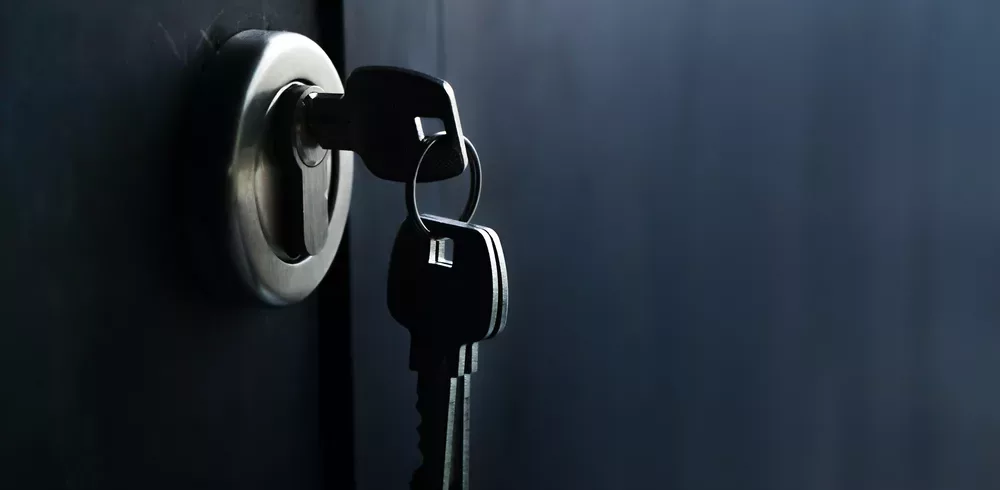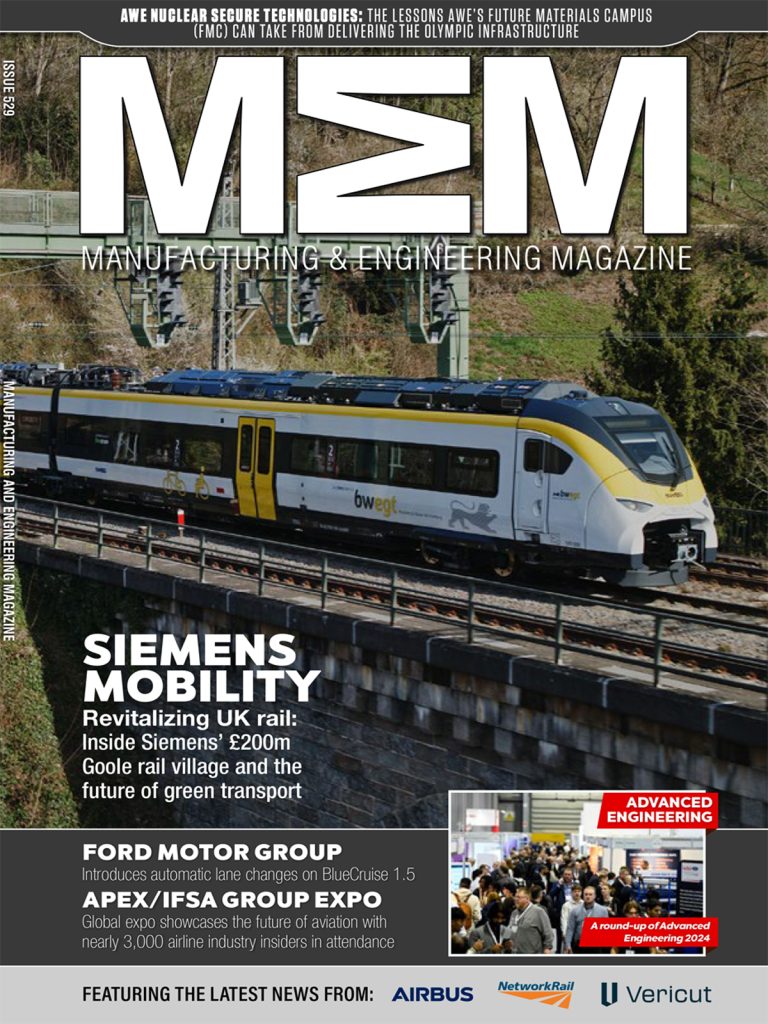How Does a Lock Work? : Are you looking to improve the security in your home or workplace, but unsure about what type of lock to go for? We’ve explained how cylinder and dimple locks work, so you’ve got a better understanding.
According to Police.uk having security measures in place such as good locks and strong deadlocks can make a huge difference to the chance of your home or workplace being burgled. Homes that have no security measures in place are 5 times more likely to be burgled than those with simple security measures.
Most mechanical locks are fitted to things such as doors, windows and cupboards and have two separate parts. One part is fitted to the frame and has a rectangular hole and the other part fits into the rectangular hole, allowing you to lock and unlock your door, window or cupboard. The bolt slides from one side to the other when you turn the key either way. So the mechanism works in a rotary motion when the key goes in.
Cylinder locks
Source: https://www.youtube.com/watch?v=UOlJHiY4NJg
Most cylinder locks use a pin tumbler cylinder locking device, and euro-profile locks are now the most common throughout Britain, although other key cylinder mechanisms are also available. These types of locks require little or no maintenance whatsoever. They have strong springs in place which make them seem stiffer than modern locks, but frequent use keeps parts moving. To ensure your lock operates smoothly, check from both sides that it’s a two sided lock, and test it for a half-shot bolt. The deadlock must be thrown fully and deadlocked by the key. The bolt then needs to align with its staple when the door is closed.
Dimple locks
Source: Flickr: Dennis van Zuijlekom: https://www.flickr.com/photos/dvanzuijlekom/23210365275
Dimple locks are becoming increasingly popular due to their pin tumbler based lock design. The flat side of the key blade is used as a bitting area. They’re called dimple locks because the cuts on the bitting area resemble dimples.
Dimple locks are different to traditional pin tumblers that use the edge of the blade as the primary bitting area. Most dimple locks allow the key to be inserted in any orientation. These types of locks are known to be more secure than conventional pin tumbler locks.
The plug rotates when the dimples in the key are properly positioned in a variety of pin tumbler stacks at the same time. Higher security dimple locks use features including; telescoping pins, axial rotation and side pins.
Here is a short video demonstrating how a dimple lock works:
Investing in protective equipment is necessary to keep you and your belongings safe. Banham are the leading locksmith providers, supplying everything from emergency lock changing services, to lock fittings, and have gained a wide range of awards and certifications over the years due to their exceptional customer relationships. For further information on how locks work, or what type of lock is best for your property, contact one of the professionals today. Keep burglars away with high quality locks!
Manufacturing & Engineering Magazine | The Home of Manufacturing Industry News














